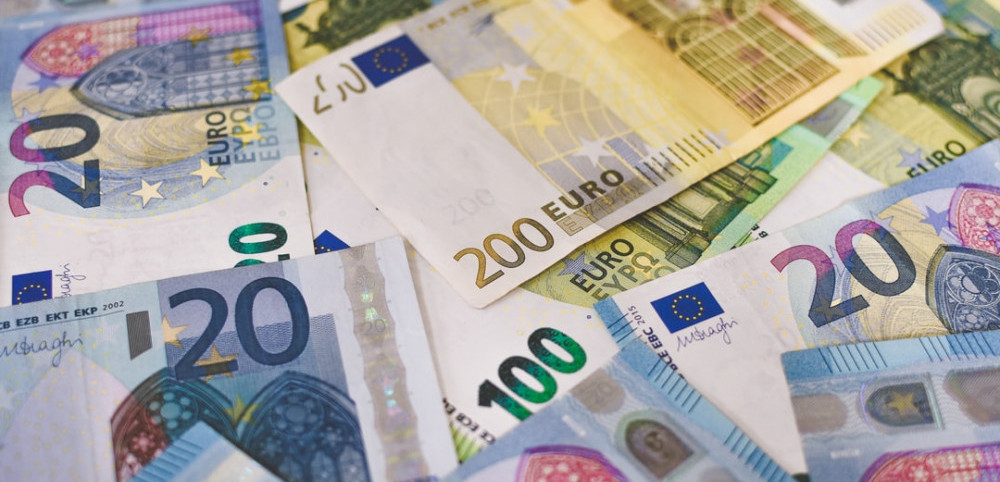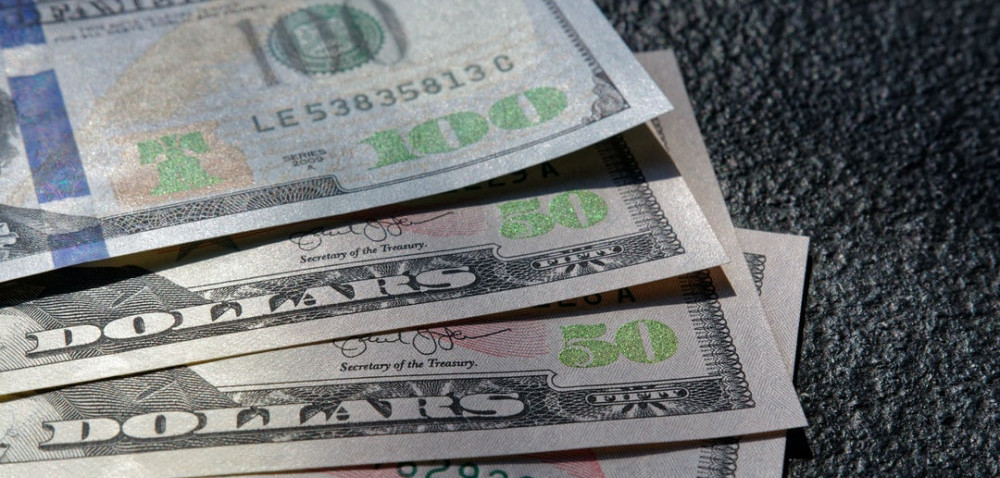What Is S&P 500 Index? How Does It Work?

Credit rating agency Standard and Poor’s launched the S&P 500 in 1957 to track the performance of the 500 largest public companies in the United States. Today, the S&P 500 serves to gauge the health of the nation’s economy and, on a smaller scale, it impacts the returns on individual fixed index annuities and index-linked investments.
What is the S&P 500 index?
Today, the S&P 500 index is considered to be the standard benchmark index for the U.S. stock market. The S&P 500 index is composed of 500 stocks, which are listed on the New York Stock Exchange and the Nasdaq Stock Market. As the name indicates, the S&P 500 represents the 500 largest publicly-traded companies in the United States. The index is weighted by market capitalization and consists of these 500 stocks. These companies are diversified, which is why they all have different market caps and stock prices.
How does S&P 500 index work?
Each company must be included in the S&P 500 Index, but they are selected based on several criteria that go beyond financials. The metrics that S&P uses for their stock selections include P/E ratio (price-to-earnings ratio), Cash flow (return on cash flow), P/B ratio (price-to-book value ratio), Revenue growth, and Fundamental analysis. These factors will help the index determine whether or not a company is a good investment. Companies’ profitability and quality of their products determine whether a company is included in the index or excluded. Companies excluded from the S&P 500 Index often have poor overall credit ratings, high levels of debt, or a poor track record of performance.
Benefits of S&P 500 index
First, let’s talk about the most obvious benefit of tracking the S&P 500. It acts as a benchmark for an entire economy. And, in many ways, the fate of the economy may turn on how the S&P 500 performs. If the S&P 500 rises, then investors may be inclined to follow. If the S&P 500 falls, then people will likely move to short-term investments to protect their money from a drop in the stock market. In other words, the S&P 500 index acts as an easy way for people to gauge how well the country’s economy is doing. Additionally, the S&P 500 contains hundreds of large publicly traded companies that are part of the nation’s economic core. Consequently, being part of the index can act as a sign of stability or growth for a particular company.
This post contains affiliate links. Please please read my Disclaimer for more information
Which companies are in the S&P 500 index?
The S&P 500 index includes 505 equities from 500 different firms. Because a few S&P 500 component businesses issue multiple classes of stock, there is a variation in the numbers below. For example, Alphabet Class C (NASDAQ:GOOG) and Alphabet Class A (NASDAQ:GOOGL) shares are both included in the S&P 500 index. Obviously, listing all of the S&P 500 companies would be impractical. However, because the S&P 500 is weighted by market capitalization, its performance is mostly determined by the performance of the largest firms’ stocks.

Why use the S&P 500?
The S&P 500 contains the top 500 public companies in the United States and serves as a proxy for overall U.S. equity market performance. With the highest concentration of publicly traded stocks in the United States, the index serves as a good comparison to global equity markets. Standard and Poor’s and other credit rating agencies have been tracking the S&P 500 since 1957. In addition to tracking financial data, the S&P 500 helps provide a view of the overall state of the economy. Since its inception, the S&P 500 has delivered annualized returns of approximately 9.4 percent, significantly higher than a broad basket of funds. Why index-linked investments? Unlike mutual funds, indexed annuities and index-linked investments are cheaper and more liquid.
How can you invest in the S&P 500 index?
You can buy shares of a mutual fund or an exchange-traded fund (ETF) that tracks the S&P 500 index to invest in it. In proportional weights, these investment vehicles own all of the stocks in the S&P 500 index. Two appealing possibilities are the Vanguard S&P 500 ETF (NYSEMKT:VOO), which trades like a stock, and the Vanguard 500 Index Fund Admiral Shares (NASDAQMUTFUND:VFIAX) mutual fund. Both offer extremely low fees and deliver nearly equal long-term returns to the S&P 500 index. You can also invest in S&P 500 futures, which are traded on the Chicago Mercantile Exchange. These are essentially bought and sell options that allow you to hedge or speculate on the index’s future performance.
Is investing in the S&P 500 right for you?
S&P 500 Index is the benchmark that most index-tracking exchange-traded funds (ETFs) and fixed income mutual funds use to track the performance of the 500 largest companies in the United States. Here is an example: if you wanted to invest in an S&P 500 Index fund (or an ETF with that goal) and try to maintain a level of the S&P 500 Index, then you would have to own the 500 largest companies. That might be a reasonable way to invest if you’re just looking for a way to supplement your retirement savings and invest in a way that leverages the power of the stock market. But investing in the S&P 500 in that manner can have serious consequences for your retirement nest egg.
How To Use the S&P 500 to Make Money
The S&P 500 Index represents the 500 largest companies in the United States. These companies are typically large firms in the oil, chemicals, aerospace, building materials, consumer products, food and beverage, financial services, telecommunications, technology, utilities, healthcare, and natural resources sectors. As such, the 500 companies are generally large and stable firms. The S&P 500 Index does not include small companies and does not include real estate investment trusts (REITs), foreign companies, or real estate investment trusts which are popular among many investors. Like any index, the S&P 500 Index is subject to management trading by professional investment managers.
S&P 500 vs. Other Stock Market Indexes
Most investors are familiar with the Dow Jones Industrial Average, which tracks the performance of 30 of the largest publicly-traded companies in the United States. But, there are also indices that track the performance of the stock market for individual companies, in addition to broader market performance. The MSCI EAFE Index tracks stocks from European, African, and Asian markets. The Standard and Poor’s/TSX Composite tracks the performance of the largest Canadian companies. When a company is deemed an S&P 500 Index member, it becomes eligible for inclusion in the S&P 500 Index, and S&P determines the appropriate level of its inclusion.

Conclusion
Even if you don’t own the S&P 500 index, it’s time to start thinking about adding real estate to your portfolio. Having equity in real estate means you have more control over your income and can adjust it to your needs. Just be careful not to let the land value erode below the price you paid.
“If you have any feedback about what is S&P 500 index that you have tried out or any questions about the ones that I have recommended, please leave your comments below!”
NB: The purpose of this website is to provide a general understanding of personal finance, basic financial concepts, and information. It’s not intended to advise on tax, insurance, investment, or any product and service. Since each of us has our own unique situation, you should have all the appropriate information to understand and make the right decision to fit with your needs and your financial goals. I hope that you will succeed in building your financial future.







 If you’re short on cash for a down payment, and you happen to have a retirement plan at work, you might be wondering if you can use a 401(k) to buy a house. The short answer is yes, you are allowed to use funds from your 401(k) plan to buy a home. It is not the best move, however, because there is an opportunity cost in doing so; the funds you take from your retirement account cannot be made up easily. Here’s a look at the details of tapping your 401(k) for the joys of homeownership, along with some better alternatives.
If you’re short on cash for a down payment, and you happen to have a retirement plan at work, you might be wondering if you can use a 401(k) to buy a house. The short answer is yes, you are allowed to use funds from your 401(k) plan to buy a home. It is not the best move, however, because there is an opportunity cost in doing so; the funds you take from your retirement account cannot be made up easily. Here’s a look at the details of tapping your 401(k) for the joys of homeownership, along with some better alternatives.








